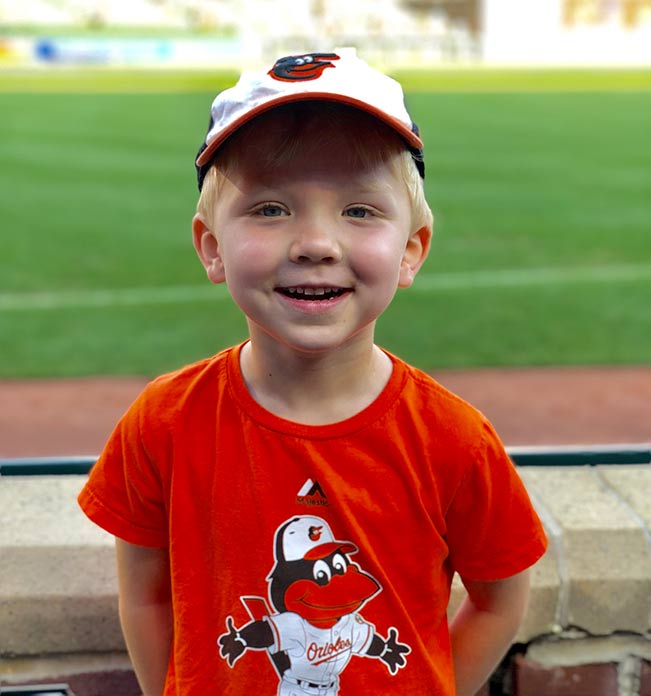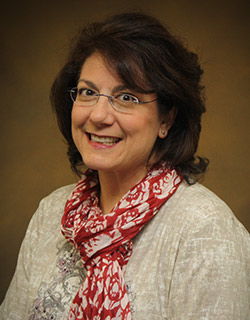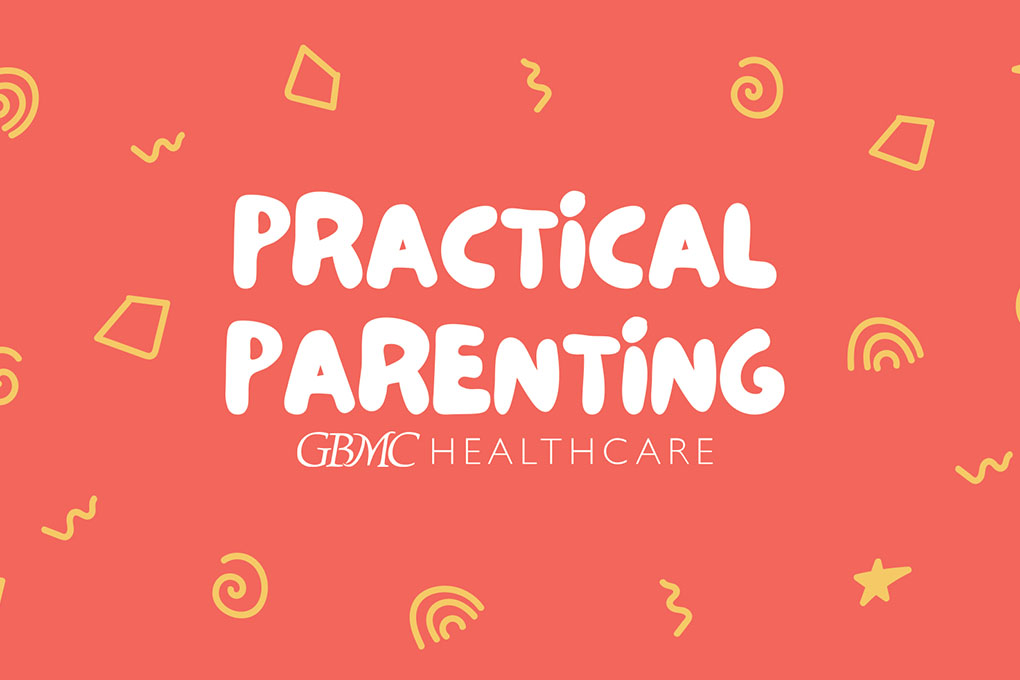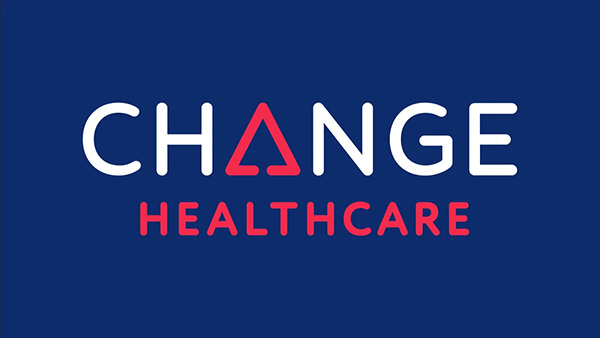Error message
Warning: Undefined array key 0 in _createNestedMenu() (line 96 of modules/custom/hg_mercury_dxe_features/modules/hg_mercury_menu/hg_mercury_menu.module).
_createNestedMenu() (Line: 37)
hg_mercury_menu_preprocess_paragraph__mercury_menu()
call_user_func_array() (Line: 261)
Drupal\Core\Theme\ThemeManager->render() (Line: 491)
Drupal\Core\Render\Renderer->doRender() (Line: 248)
Drupal\Core\Render\Renderer->render() (Line: 484)
Drupal\Core\Template\TwigExtension->escapeFilter() (Line: 90)
__TwigTemplate_01f42b1be6dd9cfbc58930a89797d789->doDisplay() (Line: 388)
Twig\Template->yield() (Line: 344)
Twig\Template->display() (Line: 359)
Twig\Template->render() (Line: 51)
Twig\TemplateWrapper->render() (Line: 33)
twig_render_template() (Line: 348)
Drupal\Core\Theme\ThemeManager->render() (Line: 491)
Drupal\Core\Render\Renderer->doRender() (Line: 504)
Drupal\Core\Render\Renderer->doRender() (Line: 248)
Drupal\Core\Render\Renderer->render() (Line: 484)
Drupal\Core\Template\TwigExtension->escapeFilter() (Line: 86)
__TwigTemplate_cfa64c7f147902cf882b29558a9f3336->block_content() (Line: 432)
Twig\Template->yieldBlock() (Line: 69)
__TwigTemplate_cfa64c7f147902cf882b29558a9f3336->doDisplay() (Line: 388)
Twig\Template->yield() (Line: 344)
Twig\Template->display() (Line: 359)
Twig\Template->render() (Line: 51)
Twig\TemplateWrapper->render() (Line: 33)
twig_render_template() (Line: 348)
Drupal\Core\Theme\ThemeManager->render() (Line: 491)
Drupal\Core\Render\Renderer->doRender() (Line: 504)
Drupal\Core\Render\Renderer->doRender() (Line: 248)
Drupal\Core\Render\Renderer->render() (Line: 484)
Drupal\Core\Template\TwigExtension->escapeFilter() (Line: 535)
__TwigTemplate_85491af8a899340ec66d2fe705a0e9ed->doDisplay() (Line: 388)
Twig\Template->yield() (Line: 344)
Twig\Template->display() (Line: 359)
Twig\Template->render() (Line: 51)
Twig\TemplateWrapper->render() (Line: 33)
twig_render_template() (Line: 348)
Drupal\Core\Theme\ThemeManager->render() (Line: 491)
Drupal\Core\Render\Renderer->doRender() (Line: 248)
Drupal\Core\Render\Renderer->render() (Line: 238)
Drupal\Core\Render\MainContent\HtmlRenderer->Drupal\Core\Render\MainContent\{closure}() (Line: 638)
Drupal\Core\Render\Renderer->executeInRenderContext() (Line: 231)
Drupal\Core\Render\MainContent\HtmlRenderer->prepare() (Line: 128)
Drupal\Core\Render\MainContent\HtmlRenderer->renderResponse() (Line: 90)
Drupal\Core\EventSubscriber\MainContentViewSubscriber->onViewRenderArray()
call_user_func() (Line: 111)
Drupal\Component\EventDispatcher\ContainerAwareEventDispatcher->dispatch() (Line: 186)
Symfony\Component\HttpKernel\HttpKernel->handleRaw() (Line: 76)
Symfony\Component\HttpKernel\HttpKernel->handle() (Line: 53)
Drupal\Core\StackMiddleware\Session->handle() (Line: 48)
Drupal\Core\StackMiddleware\KernelPreHandle->handle() (Line: 28)
Drupal\Core\StackMiddleware\ContentLength->handle() (Line: 201)
Drupal\page_cache\StackMiddleware\PageCache->fetch() (Line: 138)
Drupal\page_cache\StackMiddleware\PageCache->lookup() (Line: 87)
Drupal\page_cache\StackMiddleware\PageCache->handle() (Line: 48)
Drupal\Core\StackMiddleware\ReverseProxyMiddleware->handle() (Line: 51)
Drupal\Core\StackMiddleware\NegotiationMiddleware->handle() (Line: 36)
Drupal\Core\StackMiddleware\AjaxPageState->handle() (Line: 51)
Drupal\Core\StackMiddleware\StackedHttpKernel->handle() (Line: 741)
Drupal\Core\DrupalKernel->handle() (Line: 19)
Warning: Trying to access array offset on null in _createNestedMenu() (line 96 of modules/custom/hg_mercury_dxe_features/modules/hg_mercury_menu/hg_mercury_menu.module).
_createNestedMenu() (Line: 37)
hg_mercury_menu_preprocess_paragraph__mercury_menu()
call_user_func_array() (Line: 261)
Drupal\Core\Theme\ThemeManager->render() (Line: 491)
Drupal\Core\Render\Renderer->doRender() (Line: 248)
Drupal\Core\Render\Renderer->render() (Line: 484)
Drupal\Core\Template\TwigExtension->escapeFilter() (Line: 90)
__TwigTemplate_01f42b1be6dd9cfbc58930a89797d789->doDisplay() (Line: 388)
Twig\Template->yield() (Line: 344)
Twig\Template->display() (Line: 359)
Twig\Template->render() (Line: 51)
Twig\TemplateWrapper->render() (Line: 33)
twig_render_template() (Line: 348)
Drupal\Core\Theme\ThemeManager->render() (Line: 491)
Drupal\Core\Render\Renderer->doRender() (Line: 504)
Drupal\Core\Render\Renderer->doRender() (Line: 248)
Drupal\Core\Render\Renderer->render() (Line: 484)
Drupal\Core\Template\TwigExtension->escapeFilter() (Line: 86)
__TwigTemplate_cfa64c7f147902cf882b29558a9f3336->block_content() (Line: 432)
Twig\Template->yieldBlock() (Line: 69)
__TwigTemplate_cfa64c7f147902cf882b29558a9f3336->doDisplay() (Line: 388)
Twig\Template->yield() (Line: 344)
Twig\Template->display() (Line: 359)
Twig\Template->render() (Line: 51)
Twig\TemplateWrapper->render() (Line: 33)
twig_render_template() (Line: 348)
Drupal\Core\Theme\ThemeManager->render() (Line: 491)
Drupal\Core\Render\Renderer->doRender() (Line: 504)
Drupal\Core\Render\Renderer->doRender() (Line: 248)
Drupal\Core\Render\Renderer->render() (Line: 484)
Drupal\Core\Template\TwigExtension->escapeFilter() (Line: 535)
__TwigTemplate_85491af8a899340ec66d2fe705a0e9ed->doDisplay() (Line: 388)
Twig\Template->yield() (Line: 344)
Twig\Template->display() (Line: 359)
Twig\Template->render() (Line: 51)
Twig\TemplateWrapper->render() (Line: 33)
twig_render_template() (Line: 348)
Drupal\Core\Theme\ThemeManager->render() (Line: 491)
Drupal\Core\Render\Renderer->doRender() (Line: 248)
Drupal\Core\Render\Renderer->render() (Line: 238)
Drupal\Core\Render\MainContent\HtmlRenderer->Drupal\Core\Render\MainContent\{closure}() (Line: 638)
Drupal\Core\Render\Renderer->executeInRenderContext() (Line: 231)
Drupal\Core\Render\MainContent\HtmlRenderer->prepare() (Line: 128)
Drupal\Core\Render\MainContent\HtmlRenderer->renderResponse() (Line: 90)
Drupal\Core\EventSubscriber\MainContentViewSubscriber->onViewRenderArray()
call_user_func() (Line: 111)
Drupal\Component\EventDispatcher\ContainerAwareEventDispatcher->dispatch() (Line: 186)
Symfony\Component\HttpKernel\HttpKernel->handleRaw() (Line: 76)
Symfony\Component\HttpKernel\HttpKernel->handle() (Line: 53)
Drupal\Core\StackMiddleware\Session->handle() (Line: 48)
Drupal\Core\StackMiddleware\KernelPreHandle->handle() (Line: 28)
Drupal\Core\StackMiddleware\ContentLength->handle() (Line: 201)
Drupal\page_cache\StackMiddleware\PageCache->fetch() (Line: 138)
Drupal\page_cache\StackMiddleware\PageCache->lookup() (Line: 87)
Drupal\page_cache\StackMiddleware\PageCache->handle() (Line: 48)
Drupal\Core\StackMiddleware\ReverseProxyMiddleware->handle() (Line: 51)
Drupal\Core\StackMiddleware\NegotiationMiddleware->handle() (Line: 36)
Drupal\Core\StackMiddleware\AjaxPageState->handle() (Line: 51)
Drupal\Core\StackMiddleware\StackedHttpKernel->handle() (Line: 741)
Drupal\Core\DrupalKernel->handle() (Line: 19)
The Gustin Family
Behavioral therapist, J. Stacy Abrams, developed a concept in the 1960s called equity theory, which essentially preaches a “you get out what you put in” mentality. It stresses the fact that a person feels inherently drawn to equalize their status with another person based on transactional factors.
In the case of philanthropy, people feel an inherent need to give back when they have benefited from a service or program provided by an organization. The idea of giving back is meant to, subconsciously, equalize beneficiaries of great service to the organization or person providing the service.
Todd Gustin is the definition of this theory.
“What’s the natural human reaction to being the beneficiary of that much love, care and support?” Todd said. “I wanted to return that. It was hard to leave the safety and comfort of the NICU because we were taking on this greater role when we walked out of the hospital as beneficiaries. It was pretty intense. But, I didn’t feel like it was an ending. I knew I was going to find the first opportunity where people were getting together to honor and celebrate the ‘NICU family’ as it is known among staff and families, and I was going to be there early and stay late. I found my way into philanthropy and, frankly, I wanted to do whatever I could do to help.”

Todd and his wife Sara’s son, Leif, was a resident in GBMC’s Neonatal Intensive Care Unit for 18 days in 2014. Todd was touched by the intensely personal nature of the care his son received, and the fact that employees’ tenures numbered into the decades. During long evenings and weekends in the NICU, the lawyer in him started looking at his experience from a logical lens.
He felt Leif and his family benefited from the deeply holistic approach to neonatal medicine and the dedicated NICU staff ’s encouragement of him and Sara "even in the smallest ways that became amplified and profoundly affected our family.”
“It was clear to me the medical staff – every aspect of what GBMC is – was working at a higher level than I would have expected or had ever experienced, and I was incredibly grateful for it,” Todd said.
To give back, Todd jumped into an important role, serving as chair of GBMC’s annual Father’s Day 5K. He recruited his friend and colleague at Venable LLP, John Sunder, who had all four of his children at GBMC, to co-chair the event with him. The pair led fundraising, sponsorship and logistical planning for the event for three years, concluding with the 30th anniversary celebration of the event in 2018, which coincided with a campaign to redesign the NICU.
“I was excited about the renovation and about the fact that it was a high priority of the hospital,” Todd said. “One key ingredient to improving the health and well-being of a neonatal patient is to integrate care with as much personal interaction as possible with the patient’s parents, siblings and families. The redesigned NICU serves that purpose in countless ways. That I was able to serve in the role that I served to assist was profoundly meaningful to me and our family.”
In tandem, there is also a long-standing relationship between GBMC and Venable that extends back to the founding of the hospital. One of the founders of the law firm formerly known as Venable, Baetjer & Howard LLP, was Mr. H. Norman Baetjer, whose wife, Jeanne, as President of the Hospital for the Women of Maryland of Baltimore City, was instrumental in GBMC’s creation. In 1965, Mrs. Baetjer arranged for former President Dwight Eisenhower to dedicate GBMC, and she became the hospital's first President and Chairman of the Board.
Years later, prominent Venable lawyer and former U.S. Attorney General to President Jimmy Carter, Benjamin Civiletti, would serve as an influential chair of the GBMC Board of Directors.
“I am extremely proud of Venable’s long-term relationship with GBMC, and my colleagues and I look forward to celebrating its success and growth in service to the residents of the greater Baltimore region for years to come,” Todd said. “I wanted to serve to strengthen our institutional bond and become more involved with the hospital as a result.”
But the root of his service still lies in what he felt was care that went above and beyond. His experience with Dr. Maria Pane, Vice Chief of Staff and Interim Director of the Division of Neonatology at GBMC, is one such example. He recounts a time when, during his stay, it was suspected Leif had a genetic marker that required further, rather intrusive testing, that, according to Todd, “railroaded us in terms of what our expectations were for him to get out of the hospital.” Nervous and unsure, as most parents would be, Todd and Sara benefited from having Dr. Pane on their side.

The neonatologist – known for her passion for the job – researched leading academic medical journals, identified the national expert on the issue and contacted him at Boston Children’s Hospital. All of this done in the middle of the night from her home office after she had completed a full, 12-hour shift, because she wanted to ensure Todd and Sara had all the important information before moving forward.
“I was just like, ‘Are you kidding me?’ She worked a full day; she’s at home; she has a family; and she’s reading some scientific report to try and figure out something for my son. Who does that? It was really touching. Now that I know her, I’m not surprised at all.”
This type of commitment to patient care that focuses on each patient as an individual is what sets GBMC apart, and is felt by the families who are the recipients.
“Everybody has their story, but GBMC and its NICU are family to us in every sense of the word,” Todd said. “I return to that sentiment often and I’ll support GBMC for the rest of my life. It’s a no-brainer to support GBMC.”



